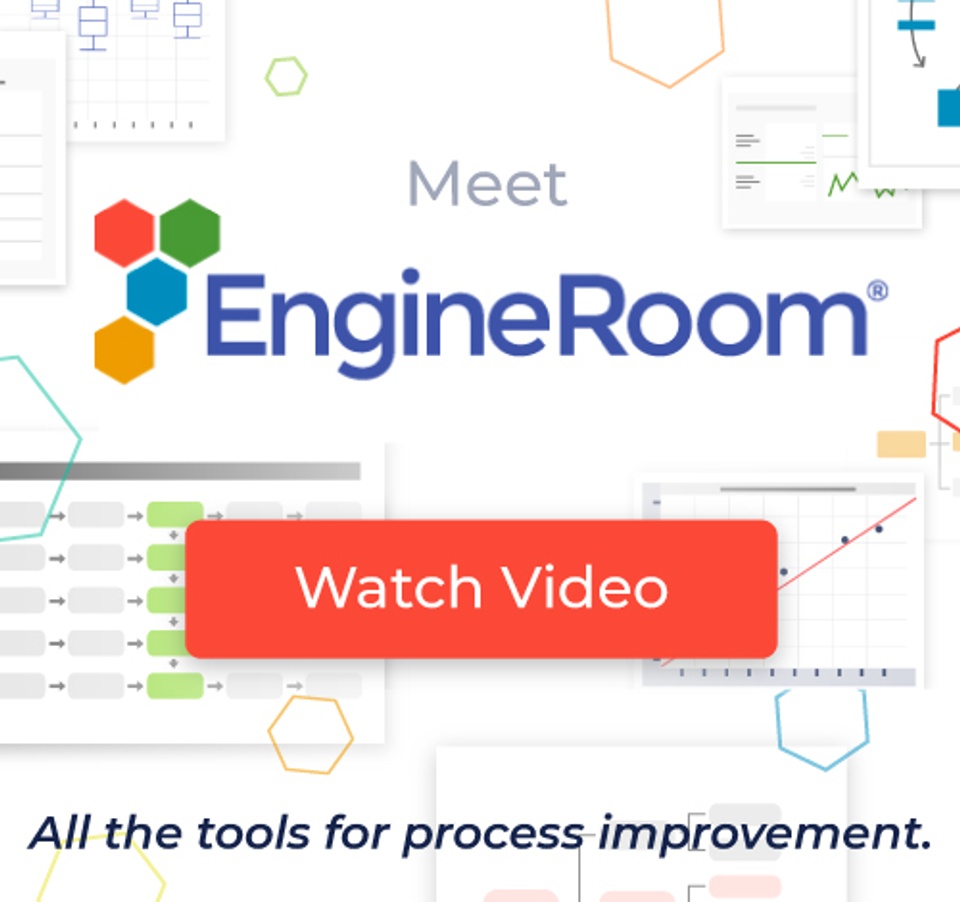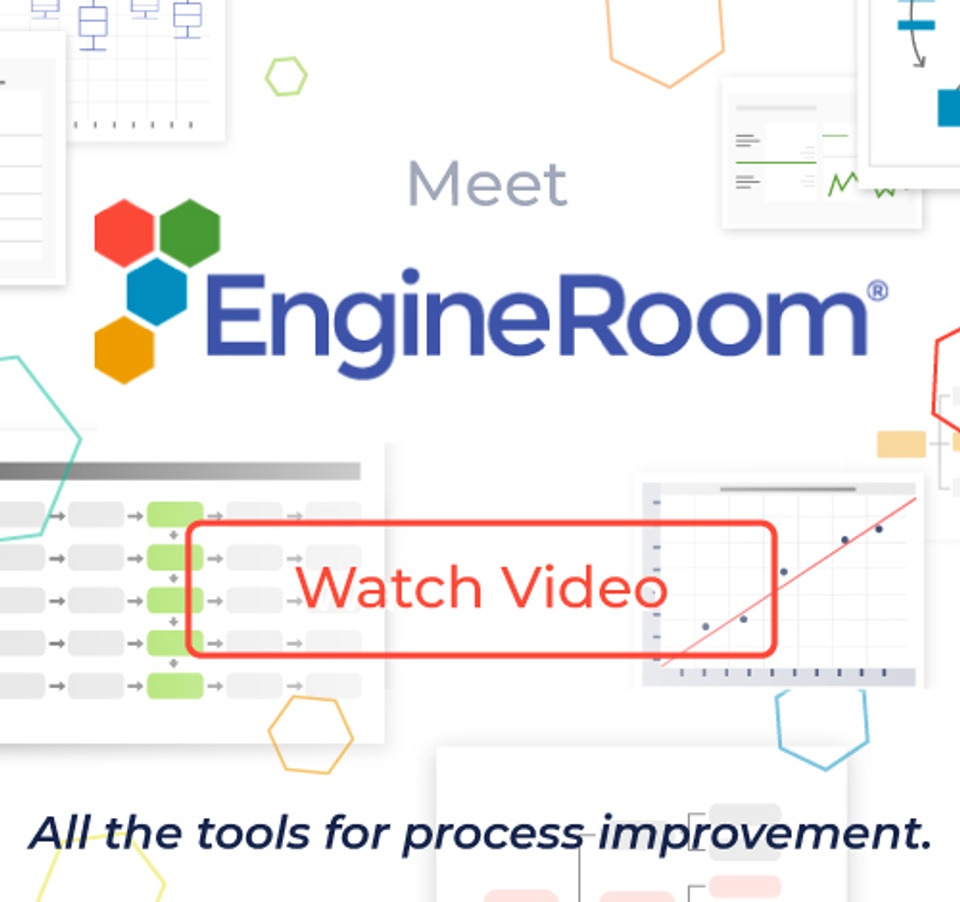Value Stream Analysis
Value Stream Analysis Defined
The value stream is the entire collection of activities necessary to produce and deliver a product or service. Value stream analysis separates those activities that contribute to value creation from activities that create waste, and identifies opportunities for improvement.
As the old saying goes: "if you don't know where you're going, any road will take you there." Analyzing the value stream is the crucial first step to determine where you are going to go on the Lean journey.
Value Added Flow Chart
A high level value stream diagram is useful to divide the total value stream lead time into value-added and non-value-added categories.
The percent of total cycle time consumed by non-value-added activities is often shockingly large - in excess of 80%. You can consult the MoreSteam.com Toolbox for help in constructing a Value-Added Flow Chart.
Value Stream Map
A high level Value-Added Flow Chart will help identify priorities for improvement, but greater detail is needed to guide specific shop floor initiatives. The Value Stream Map is a tool used by Toyota Motor Co. to focus team efforts on specific plant waste reduction projects.
The process involves creating a current-state map of the value stream, followed by a future-state map from which specific action plans are developed.
Choosing the Right VSM Software for You
Rooting out process waste and inefficiency starts by taking a hard look at the value stream, charting the path of the product or service all the way to the customer - but no journey is exactly the same. EngineRoom’s Value Stream Map tool has a wide variety of features that can help paint an accurate and richly detailed picture of the current state, no matter your industry, product, or service.
Featured as an option among EngineRoom’s “Define” tools, the Value Stream Map allows users to start “from scratch” building a value stream or draw from a sample map that shows how process steps are visually represented. Building the map affords access to an easy drag-and-drop interface with a wide range of symbols that can accommodate any industry setting. Once loaded on the map, process step symbols are easily moved, edited, and paired with data on cycle process time, yield, and more. When users are ready to map out potential process changes, the baseline “current state” map can be easily copied and edited to represent a desired “future state.” Using EngineRoom in this critical early step of the process improvement cycle offers a simple route to capturing the complexity of the value stream and making changes that matter.
Recommended Books
- Mike Rother and John Shook, Foreward by James Womack & Dan Jones. Learning to See - Value Stream Mapping to Add Value and Eliminate Muda (1998, The Lean Enterprise Institute, Inc.) ISBN 0-9667843-0-8


